Holocaust Memorial Day: How queer victims of Nazi genocide were forgotten about for decades
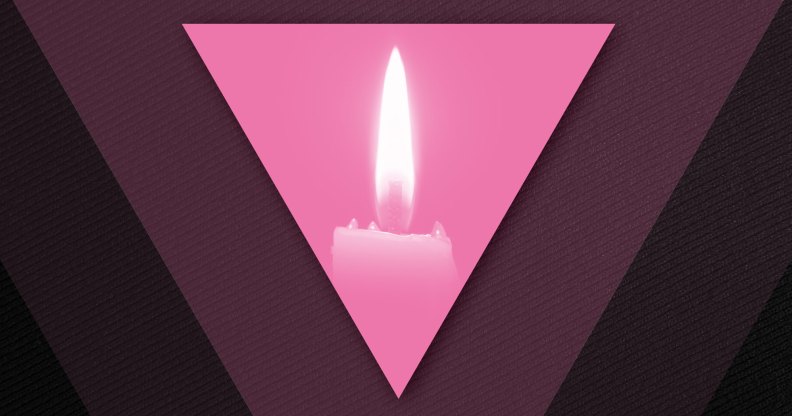
Holocaust Memorial Day is marked on 27 January. (PinkNews)
On Holocaust Memorial Day, the world remembers the millions of people murdered by the Nazi regime, including those who were targeted for being queer.
The Holocaust is a dark stain on humanity’s history – the Nazis murdered six million Jewish people as well as millions of others they considered to be subhuman. This included people targeted because they were Roma, Slavic, Black, disabled or gay.
It is thought that up to 50,000 gay men received severe prison sentences under Nazi rule. According to the Holocaust Memorial Day Trust, most were sent to police prisons, but between 10,000-15,000 were sent to concentration camps.
Life for queer people in Weimar Germany was a very different picture to what it would become under the Nazis.
There were gay bars, there was a functioning queer scene – there was even an institute for sexual research, a concept that would be impossible to imagine in most European cities of the day.
When the Nazis came to power in 1933, everything changed. In the years that followed, millions of Jews, alongside other minority groups, were rounded up, tortured and murdered in concentration camps, up until 1945.
Queer people did not escape unscathed. Germany’s bustling queer scene was destroyed as the police compiled lists of active homosexuals. Many fled abroad, while others got married in an effort to avoid attention.
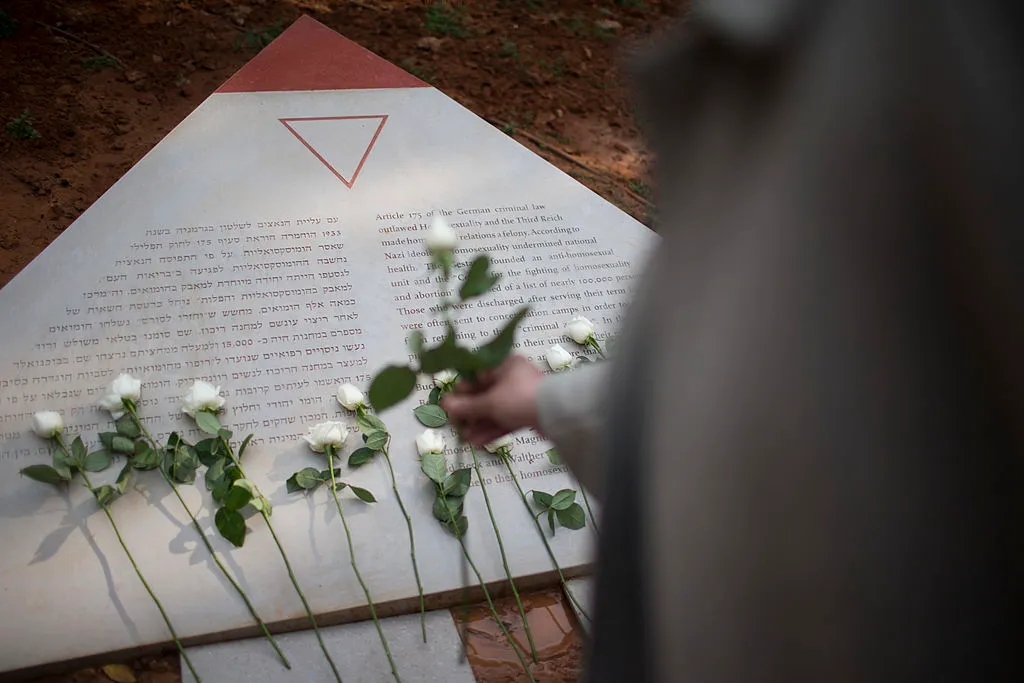
Mie Astrup Jensen, a PhD candidate in gender and sexuality as well as Hebrew and Jewish studies at UCL, says the Nazis believed people could be “trained or educated out of their homosexuality”.
“It was the belief that, if the men did what was considered ‘manly’ work they could ‘make them a man’ by doing very hard or difficult work,” she tells PinkNews.
“Gay men would often have the worst kinds of jobs. They would work in the cement pits, they would do stone work, these things that really required a lot of physical work, and it’s one of the reasons that gay men had one of the highest concentration camp mortality rates.”
Gay Holocaust victims had to ‘sleep with their arms over the covers’
In addition to hard labour, gay men were also often segregated in separate quarters to other inmates. In Sachsenhausen, they were put in a so-called “sissy block” where they were forbidden from speaking to other inmates and subjected to other forms of cruelty.
“They had to sleep with their arms over the covers, even in minus degrees, and if they were caught with having them over then they would be punished. The Nazis believed that, by having them sleep in this way, they couldn’t touch themselves.”
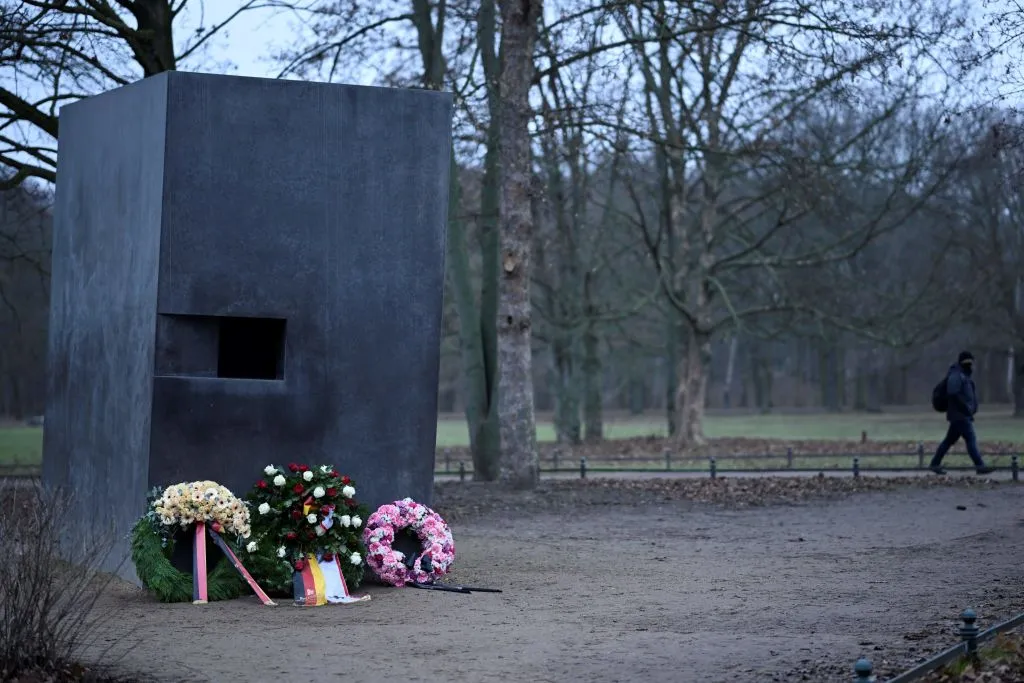
To make matters worse, gay men were labelled with a pink triangle – a marker that set them apart as deviant to their fellow inmates.
“There was a lot of homophobia that existed amongst the inmates as well,” Jensen says.
“Political prisoners and criminals often treated them worse, would call them slurs as a result of their identity.”
Gay men were subjected to appalling forms of torture in concentration camps. Many were castrated, while others were put through brutal medical experiments.
There were also “collective murder actions” in which hundreds of gay men were killed at a time.
After the Holocaust, those who survived concentration camps set about the impossible task of trying to rebuild their lives after enduring years of persecution, violence and trauma.
But for many queer people, it wasn’t that easy – homosexuality continued to be criminalised, and many continued serving sentences for their “crimes”.
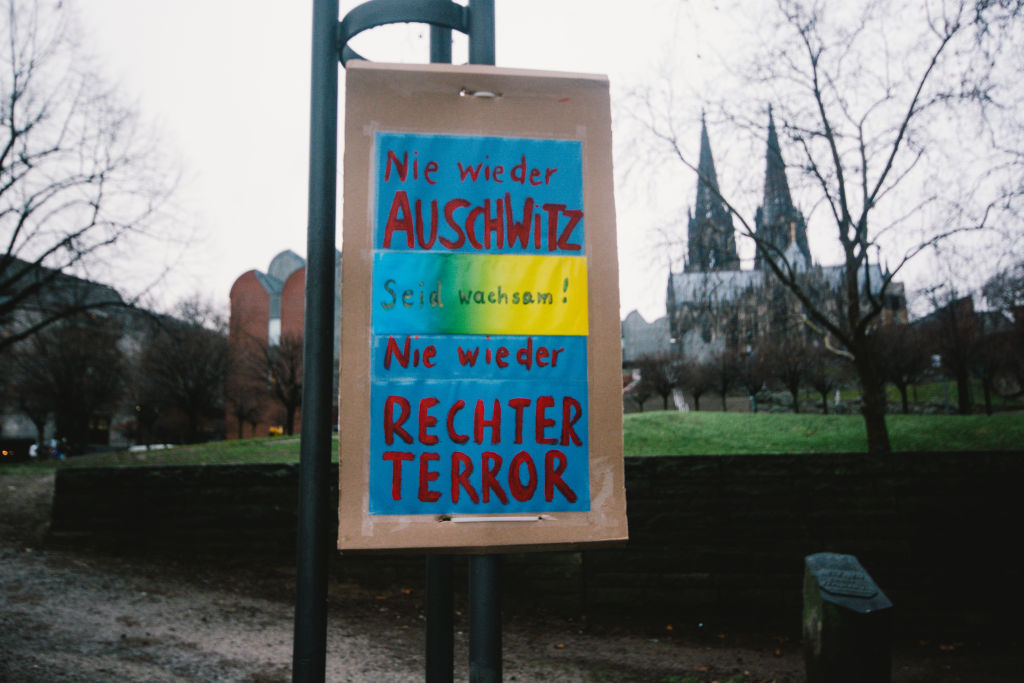
“Some of them went directly back into prison,” Jensen explains.
Silence about queer Holocaust experience is ‘systematic’
Even when queer people found freedom, they struggled to overcome harsh public attitudes about homosexuality.
“Because of the stigma surrounding homosexuality, a lot of people didn’t have sympathy for gay victims,” Jensen explains.
“Many went back into the closet.”
She continues: “If people found out they had been in a concentration camp they would often approach them with stigma and hostility because of their identity. It wasn’t really until the ‘70s that we started hearing about gay stories from concentration camps.”
Those years of silence were no mistake, Jensen says.
“The invisibility of queer Holocaust victims is not due to the relatively small number of victims; rather, it is a result of systematic suppression of queer identities.”
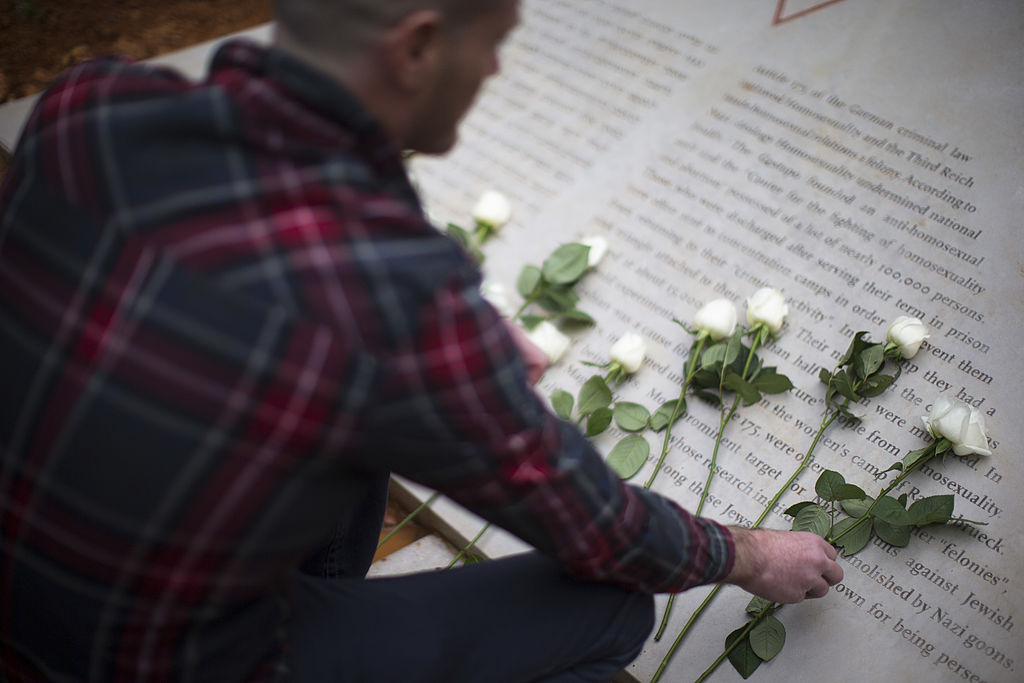
It was also in the ‘70s, as the plight of queer people in the Holocaust finally started to emerge, that LGBTQ+ activists adopted the pink triangle as a symbol in their fight for liberation.
Needless to say, the pink triangle has proven divisive – some believe it’s wrong to use it in the fight for LGBTQ+ rights because of its roots in the Holocaust. Others think it’s a powerful way to draw attention to the systematic oppression of queer communities.
Whatever your perspective is on the pink triangle, one thing is certain: those who were forced to wear the symbol in Nazi concentration camps need to have their stories told.
On Holocaust Memorial Day, it’s vital the world remembers all victims of the Holocaust – including the estimated 15,000 queer people who were murdered by the Nazis.
How did this story make you feel?

